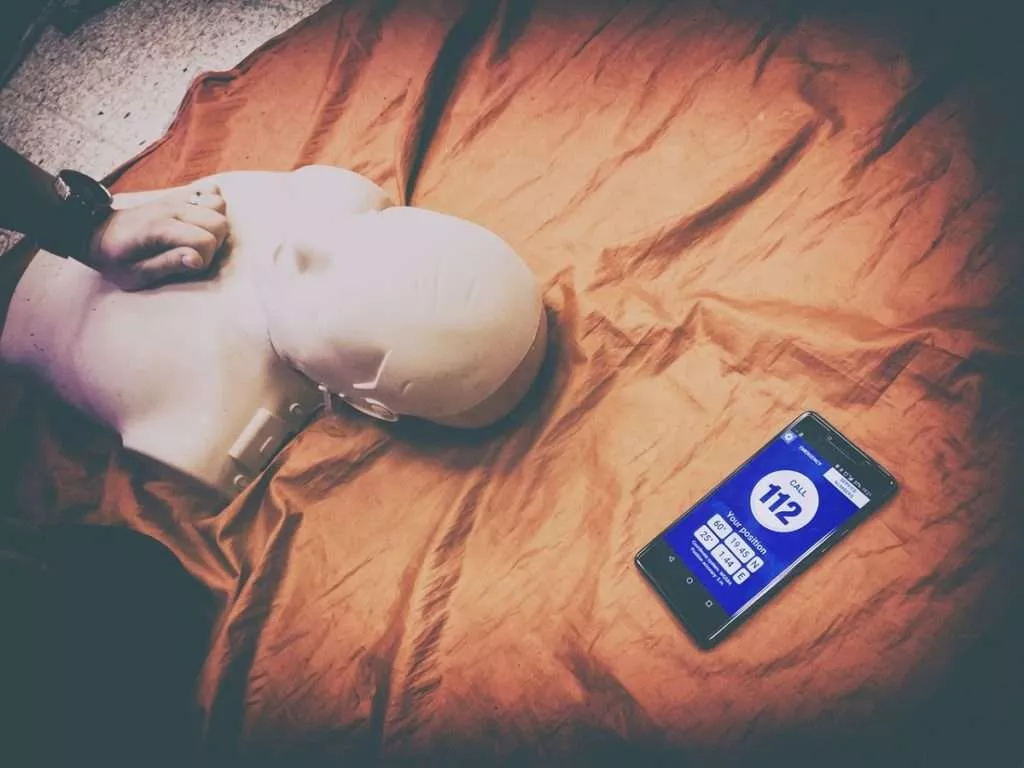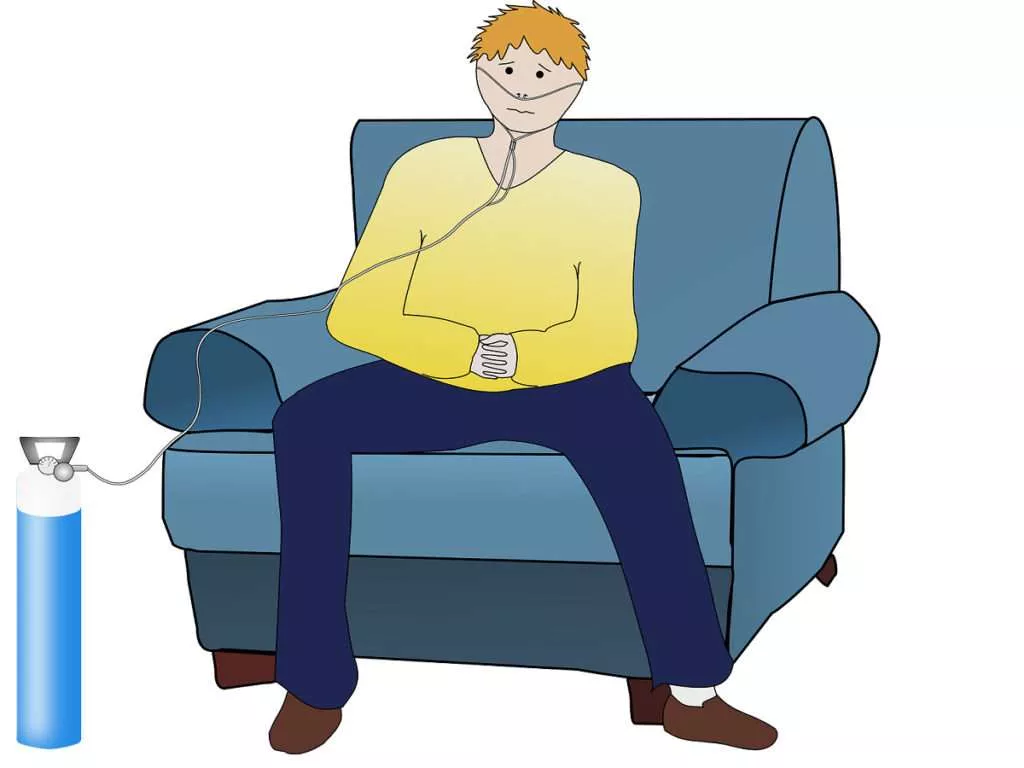Do you know what happens to your breathing pattern before death?

In the final stages of life, people commonly experience changes in their breathing patterns that can be stressful for both the person and their loved ones. Cheyne-Stokes breathing, Terminal respiratory secretions, and Shallow breathing are three typical forms of breathing patterns seen in end-of-life care. Cheyne-Stokes breathing is a cyclic pattern of breathing that alternates between periods of deep breathing and apnea, whereas shallow breathing is defined by a reduction in the depth and rate of breathing. Terminal breathing secretions are another common occurrence in the dying process that can cause discomfort and anxiety for those affected.
Knowing these variations in breathing patterns is essential for caregivers and healthcare professionals to provide appropriate assistance and comfort to people in their dying hours. In this article, we will look at the causes, symptoms, diagnosis, and treatment of Cheyne-Stokes breathing, Terminal respiratory secretions, and shallow breathing, as well as present insights and suggestions from top organizations and institutions in the field of end-of-life care.
Cheyne-Stokes Breathing Pattern
Cheyne-Stokes breathing is a respiratory pattern that is typically seen in people reaching the end of their lives. It is a breathing pattern that alternates between periods of deep breathing and apnea, which is the lack of breathing. This breathing pattern is triggered by a drop in oxygen levels in the blood, which drives the brain to increase breathing attempts, followed by an increase in carbon dioxide levels, which causes the brain to decrease breathing efforts.
Cheyne-Stokes breathing causes
A multitude of reasons, including heart failure, brain injury, and some drugs, can induce Cheyne-Stokes breathing. It is frequently observed in people who have advanced stages of illnesses such as congestive heart failure, chronic obstructive pulmonary disease, and neurological abnormalities.
What are the symptoms of Cheyne-Stokes breathing?
- Cyclic Pattern of Breathing: The typical symptom of Cheyne-Stokes breathing is a cyclic pattern of breathing that alternates between periods of deep breathing and apnea. This might make people feel as if they are taking deep breaths but not receiving enough air.
- Fatigue: People with Cheyne-Stokes breathing may suffer weariness due to the greater effort required to breathe during apneas.
- Shortness of Breath: During apnea, people may experience shortness of breath, which can induce anxiety and tension.
- Confusion: Low oxygen levels in the blood can produce confusion and disorientation in certain people.
- Anxiety and Agitation: During apnea periods, people may feel anxious or agitated as their bodies try to compensate for the lack of oxygen.
Treatment and diagnosis
Typically, Cheyne-Stokes breathing is diagnosed by examining the patient’s breathing pattern. A doctor may also request blood tests to examine the amounts of oxygen and carbon dioxide in the blood. Medication to enhance breathing, such as diuretics to reduce fluid buildup in the lungs, and oxygen therapy to raise oxygen levels in the blood, may be used in treatment. A continuous positive airway pressure (CPAP) machine may be used in some instances to assist maintain the airways open during sleeping.
The American Thoracic Society recommends close monitoring of patients with Cheyne-Stokes breathing, as it is associated with poor outcomes in individuals with heart failure. They also propose optimizing medical therapy for heart failure and providing supportive care to improve the patient’s comfort and quality of life. Referral to a palliative care professional may be warranted in some circumstances.
What are Terminal Respiratory Secretions?

Terminal respiratory secretions are a group of fluids that collect in the airways and lungs as the body nears death. As the patient breathes, these fluids might cause a rattling sound, which can be disturbing for family members and caregivers.
Causes of Terminal Respiratory Secretions
Terminal respiratory secretions are a normal part of the dying process, induced by a variety of variables including decreased swallowing, changes in respiratory rate and pattern, and increased secretion production.
What are the symptoms of Terminal Respiratory Secretions?
- Gurgling sounds: Gurgling or rattling noises might be produced as air travels through the accumulated fluids.
- Congestion: A buildup of mucus and secretions in the chest and throat can create greater congestion.
- Shortness of breath: Patients may have shortness of breath as a result of secretions collecting in their airways.
- Trouble speaking: As secretions build up in the mouth and throat, patients may experience difficulty speaking.
- Changes in skin color: When oxygen levels drop, patients’ skin may turn blue or grey.
- Increased restlessness: Patients may feel agitated and restless as a result of the uncomfortable symptoms of terminal respiratory secretions.
The goal of treatment for terminal respiratory secretions is to provide comfort and reduce distress. Putting the patient on their side, suctioning secretions, and using medications to minimize fluid accumulation are all possibilities.
Palliative care is an approach of care that focuses on enhancing the quality of life for people who have serious illnesses, especially those nearing the end of life. Palliative care teams can offer support and assistance to both the client and their family members and manage symptoms such as terminal respiratory secretions.
What is Shallow Breathing?

Shallow breathing, also known as hypoventilation, is a breathing pattern in which short, shallow breaths are taken. What you should know about shallow breathing is as follows:
Causes of Shallow breathing
A multitude of causes can contribute to shallow breathing, including anxiety, stress, lung illness, heart failure, and obesity. Shallow breathing can also be a negative effect of some drugs in rare situations.
Symptoms of Shallow breathing
Taking short, shallow breaths is the primary sign of shallow breathing. This can cause shortness of breath, chest tightness, and trouble breathing deeply. People who breathe shallowly may feel weariness and limited physical activity.
Diagnosis of Shallow breathing
A physical exam, blood tests, and imaging procedures such as a chest X-ray can all be used to detect shallow breathing. A pulmonary function test may be performed in various instances to assess lung function.
Treatment for Shallow breathing
Therapy for shallow breathing is dependent on the underlying reason. If anxiety is causing shallow breathing, stress-reduction measures such as meditation and deep breathing exercises may be advised. Medication and pulmonary rehabilitation may be prescribed for those with lung illness.
Prevention Shallow breathing
It is critical to maintaining excellent overall health in order to avoid shallow breathing. This includes remaining physically active, controlling stress, maintaining a healthy weight, and avoiding smoking and pollution exposure.
It is important in the latter moments of life to give comfort and support to persons who are experiencing alterations in their breathing patterns. The cyclic pattern of Cheyne-Stokes breathing or the reduction in depth and rate of shallow breathing can be stressful for both the sufferer and their loved ones. Moreover, terminal respiratory secretions might aggravate the suffering and worry of people concerned.
Caregivers and healthcare professionals, on the other hand, may provide the essential care and support to guarantee comfort and dignity in the dying process by studying the origins, symptoms, diagnosis, and treatment of these breathing patterns.


![[Vegan Lifestyle + Yoga] What is Pure Vegan & Vegan yoga? 5 What is pure VEGAN and Vegan yoga](https://www.uwomind.com/wp-content/uploads/2022/11/What-is-pure-VEGAN-and-Vegan-yoga.webp)
